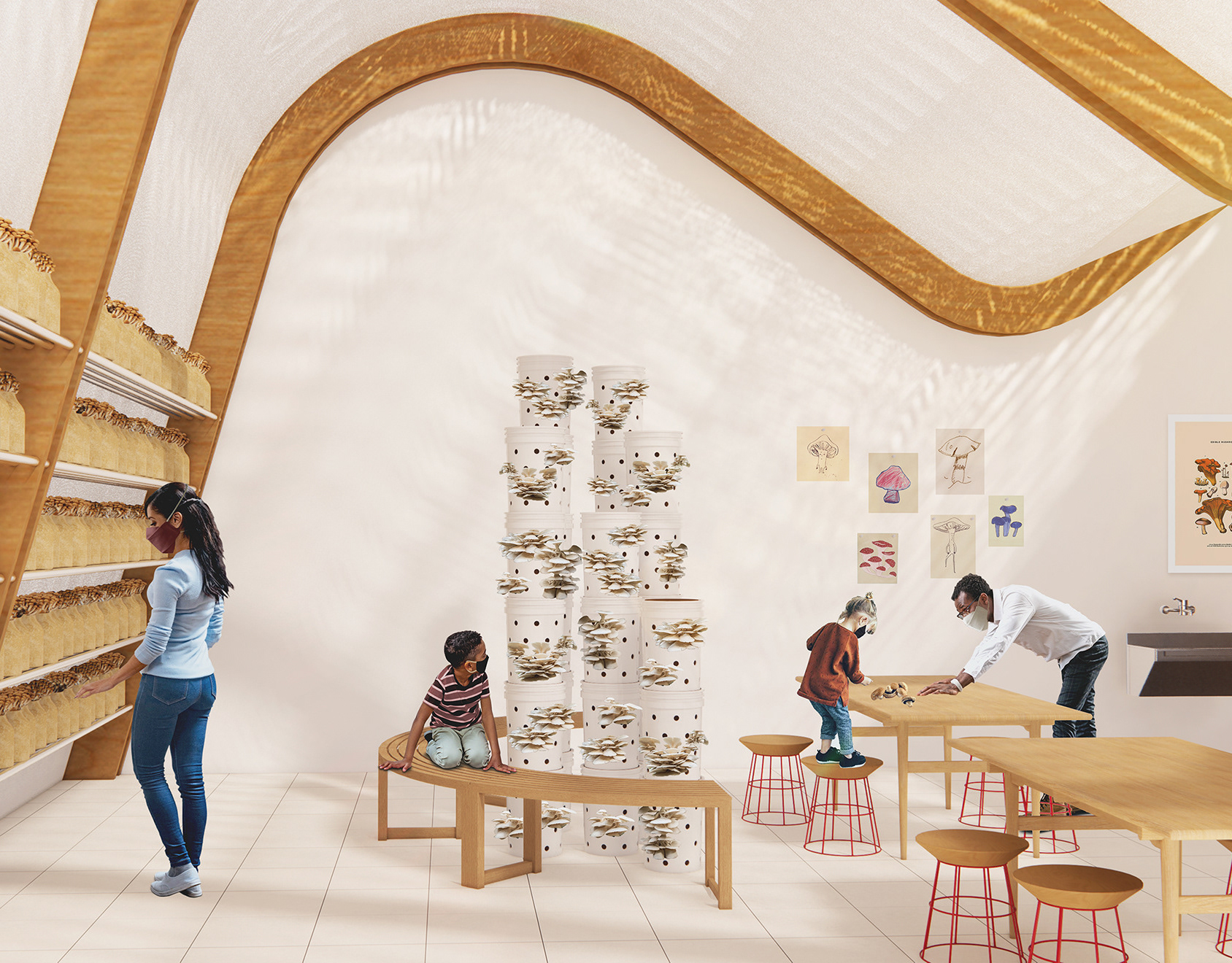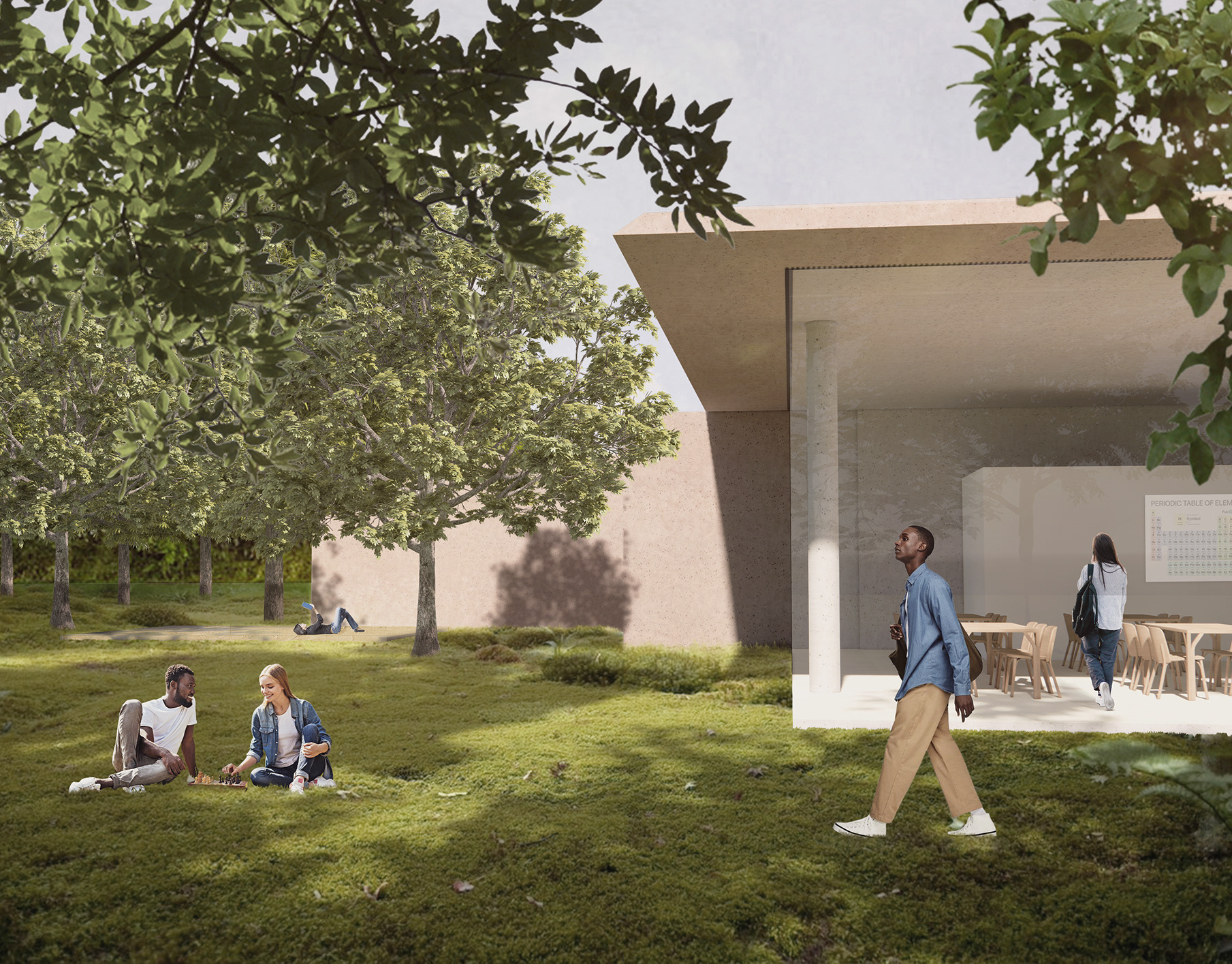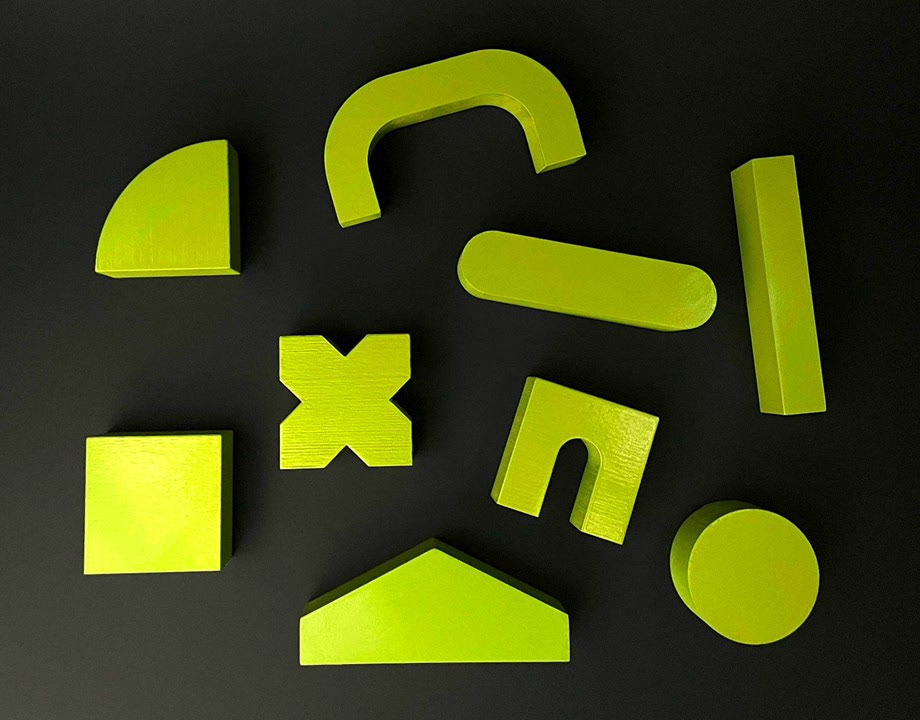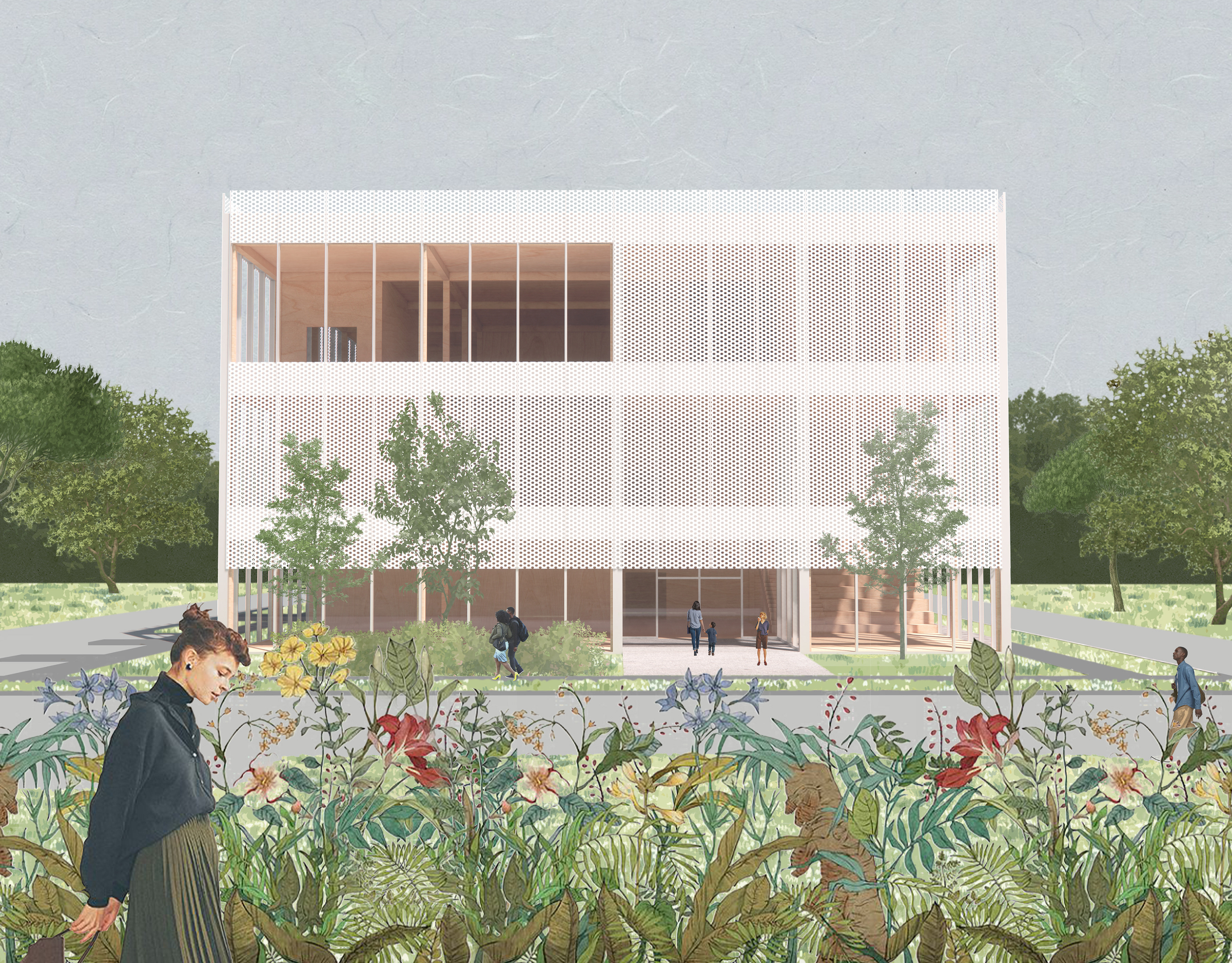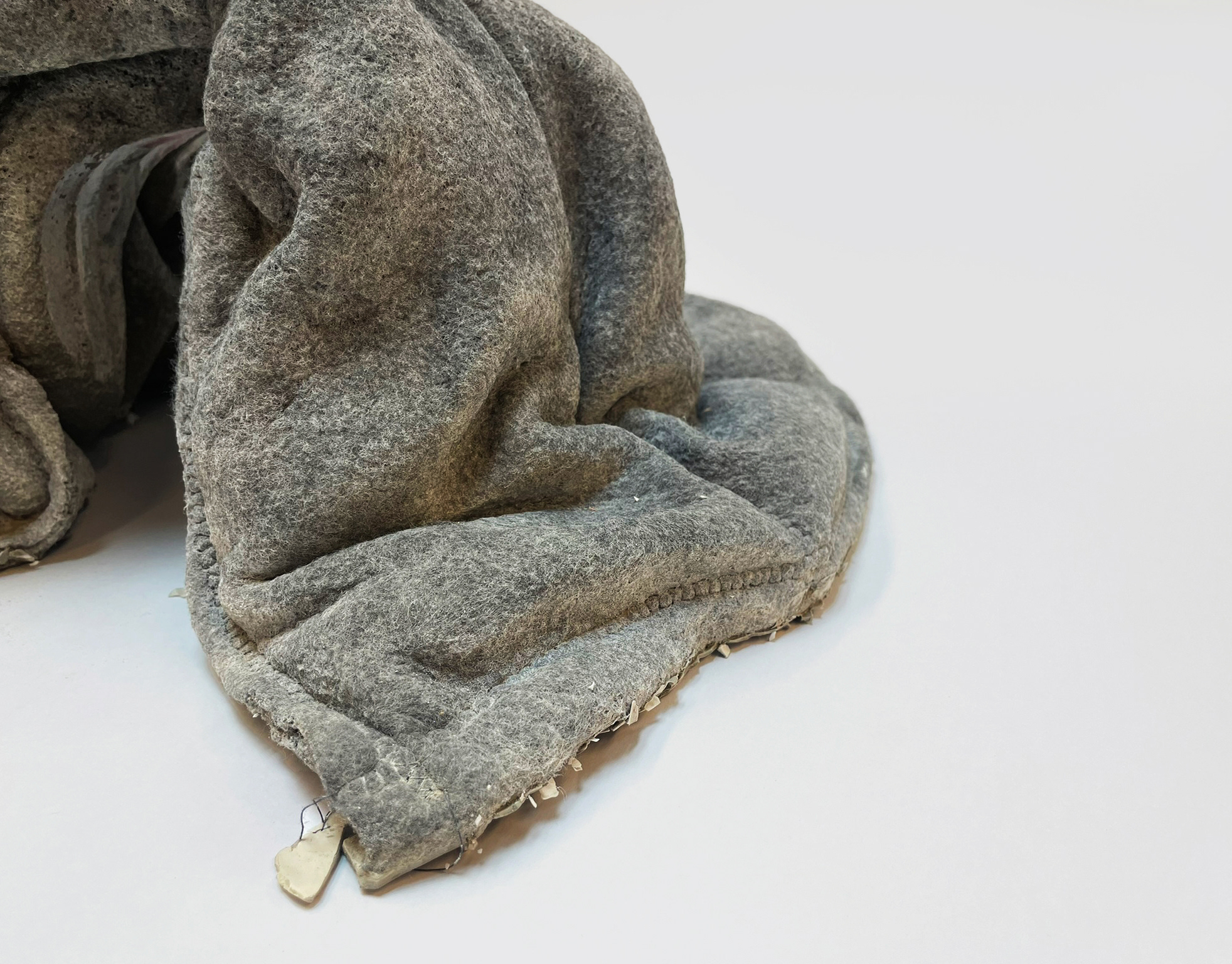YEAR: 2023
COURSE: M.S. Design Tech (Cornell) Machine Learning Studio
Instructors: Nick Cassab, Panagiotis Michalatos
This project focuses on how to give spatial expression to a purely associative structure such as language, relying on the process of word embeddings (assigning a vector to each word that enables measurements of proximity between the concepts the words are referring to). Two texts were selected - Natural Capitalism by Paul Hawken, Amory Lovins, and Hunter Lovins and Das Kapital by Karl Marx. Using the complete text from each, a digital model (word2vec) was trained. The model then assigned vectors - relative positions - for each word in the texts. Using these vectors, keywords were plotted on the axes "value" to "waste" and "natural" to "capitalism." These keywords consist of natural resources such as ocean, fish, forest, coast, etc.
By plotting these words, you can begin to understand the perceptions of each within the vastly different texts. For example, in Natural Capitalism, the word "sea" is closely associated to "natural" and "value" whereas in Das Kapital, "sea" is closely associated to "waste" and "capitalism." However, for environmentally harmful natural resources with high monetary value - gold, coal, oil, etc. - Natural Capitalism places those closer to "waste," whereas Das Kapital places them very close to "value."
This relative mapping reflects each text's themes. Natural Capitalism promotes natural resources as valuable rather than mere commodity, which can lead to a sustainable capitalism. Das Kapital argues that the current exploitation of natural resources will lead to the total collapse of capitalism.
This word vector mapping was brought into the physical word through weaving. Both books discuss the theme of true external costs, the environmental and social impacts not accounted for in market prices. For this reason, weaving a textile as representation was chosen, as the textile industry famously relies on cheap labor and cheap resources for production. Additionally, in spirit of the texts, the woven result calls attention and confrontation to the mode of production. This textile invites viewers to reach out and touch it, to ask where this yarn came from and what it is made of. Unironically, the yarn used is 50% wool (renewable, sustainable) and 50% acrylic fiber (made using fossil fuels, non-biodegradable).
Natural Capitalism (green) and Das Kapital (purple) and their relative views on various natural resources
